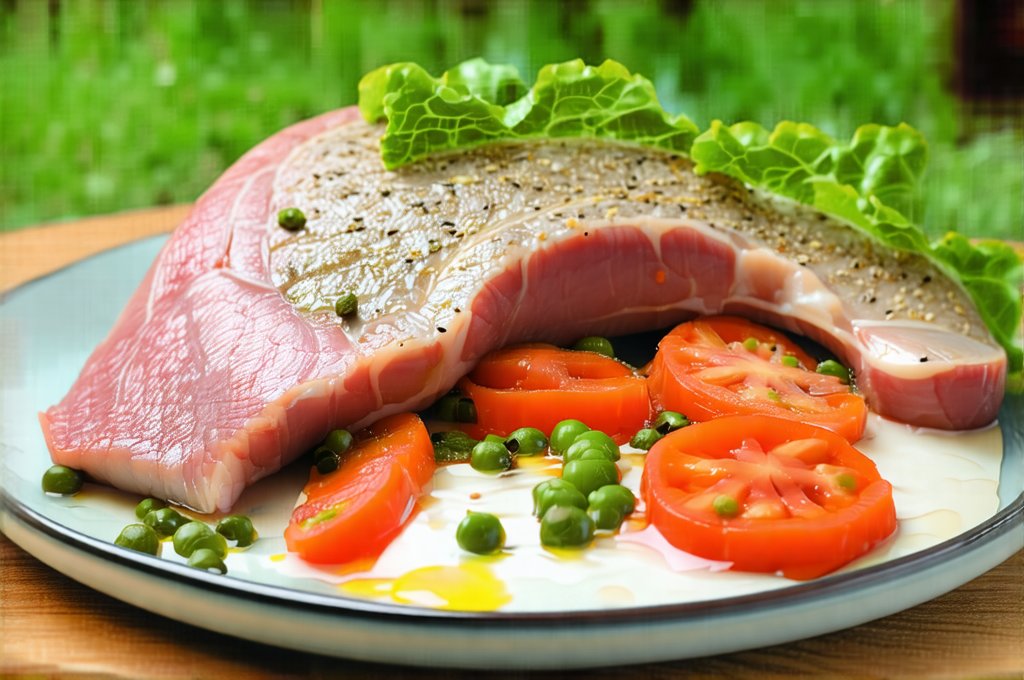The rhythm of modern life often prioritizes constant activity – we’re encouraged to “stay busy” and fill every moment. This philosophy has seeped into our eating habits too, with many adopting a pattern of frequent snacking or “grazing” throughout the day. While seemingly innocuous, this continuous intake can disrupt the natural digestive processes that rely on periods of rest and active digestion alternating in a healthy cycle. It’s easy to overlook the importance of allowing our stomachs to truly rest between meals, but doing so is crucial for optimal digestion and overall gastrointestinal health. A stomach constantly at work may struggle to effectively process food, leading to discomfort, bloating, and potentially more serious digestive issues over time. Understanding hydration patterns can help manage some of these symptoms too.
The concept of digestive rest isn’t simply about giving the stomach a break from receiving food; it’s about allowing the entire digestive system – from the mouth to the colon – to complete its tasks without interruption. During digestion, various hormones are released, enzymes are secreted, and muscular contractions propel food along the gastrointestinal tract. These processes require energy and specific physiological conditions. When we constantly introduce new food into the system, these processes are never fully completed. This can lead to incomplete digestion, nutrient malabsorption, and a build-up of undigested food in the gut. Understanding this delicate balance is key to appreciating why consistent grazing might be doing more harm than good, even if it feels like a manageable way to maintain energy levels. Learning about best food choices can also support digestion.
The Digestive Cycle & Its Disruption
The digestive system operates on a fairly predictable cycle. When we eat, the stomach begins churning and releasing acids to break down food. This process takes time – typically several hours depending on the size and composition of the meal. Once initial breakdown is complete, partially digested food moves into the small intestine for further digestion and nutrient absorption. Finally, undigested material passes into the large intestine for water reabsorption and eventual elimination. Crucially, between meals, the migrating motor complex (MMC) kicks in. This “housekeeping” wave sweeps through the digestive tract, clearing out remaining debris, bacteria, and undigested food particles. It’s essential for preventing bacterial overgrowth and maintaining a healthy gut environment.
Constant grazing effectively short-circuits this MMC process. By continually providing the stomach with something to digest, we prevent it from emptying completely, thus hindering the activation of the MMC. This can lead to several unwanted consequences: – Increased risk of Small Intestinal Bacterial Overgrowth (SIBO) – Impaired nutrient absorption – Bloating and gas – A feeling of fullness or sluggishness even after relatively small meals.
The body isn’t designed for perpetual digestion; it needs periods of rest to function optimally. Think of the stomach like a muscle – constant use without recovery leads to fatigue and reduced efficiency. Just as athletes need rest days, our digestive systems require time between meals to repair, restore, and prepare for the next wave of food intake. This is particularly important for individuals with pre-existing digestive conditions like irritable bowel syndrome (IBS) or acid reflux, where disrupted digestive cycles can exacerbate symptoms. Understanding the flow of the day and when indigestion appears is helpful for managing these issues.
The Link Between Grazing & Indigestion
Indigestion isn’t a specific disease but rather a collection of uncomfortable symptoms – bloating, heartburn, nausea, gas, and stomach discomfort – that occur after eating. While many factors can contribute to indigestion, constant grazing is a significant one. When the digestive system is constantly occupied with processing food, it doesn’t have the opportunity to produce adequate levels of digestive enzymes or hydrochloric acid (HCl) necessary for efficient breakdown. This leads to incomplete digestion, resulting in larger food particles reaching the intestines and potentially causing fermentation and gas production.
Furthermore, continuous stimulation of the stomach can lead to hyperacidity – an overproduction of stomach acid. While HCl is essential for digestion, excessive amounts can irritate the esophageal lining, leading to heartburn and acid reflux. This creates a vicious cycle: grazing causes hyperacidity, which leads to discomfort, prompting more frequent eating in an attempt to “soothe” the symptoms, ultimately worsening the problem. It’s important to remember that feeling hungry doesn’t necessarily equate to needing food; it could simply be habit or psychological hunger rather than a genuine physiological need for nourishment. This is often worse in the afternoon.
Optimizing Digestive Rest
Restoring healthy digestive cycles isn’t about drastically changing your diet overnight but incorporating mindful eating habits and allowing adequate time between meals. Here are some strategies: – Time-restricted eating: This involves confining your food intake to a specific window of time each day, allowing for longer periods of fasting. Even a 12-hour overnight fast can significantly improve digestive function. – Mindful meal spacing: Aim for at least 3-4 hours between meals and snacks. This gives the stomach sufficient time to empty and the MMC to do its job. – Prioritize complete meals: Focus on nutrient-dense foods that provide satiety and avoid quick-digesting carbohydrates or processed snacks that leave you feeling hungry shortly after eating. – Hydration: Drinking water between meals, rather than with them, helps facilitate digestion without diluting stomach acid. Managing nausea is also key to restoring digestive health.
Identifying & Addressing Underlying Issues
If you suspect constant grazing is contributing to your digestive issues, it’s essential to identify and address any underlying factors that might be driving this behavior. This could include: – Stress: Emotional stress can often lead to emotional eating or snacking as a coping mechanism. Finding healthy ways to manage stress (exercise, meditation, therapy) can help break the cycle. – Habitual patterns: We often eat out of habit rather than true hunger. Becoming more aware of your eating triggers and challenging those habits can be beneficial. – Nutrient deficiencies: Sometimes cravings or frequent snacking are a sign of underlying nutrient deficiencies. A balanced diet and potentially targeted supplementation (under the guidance of a healthcare professional) can address this.
The Role of Fiber & Gut Health
A healthy gut microbiome is crucial for optimal digestion. Consuming sufficient fiber from whole foods supports the growth of beneficial bacteria, which aid in food breakdown and absorption. However, timing matters. Introducing large amounts of fiber too quickly or while already experiencing digestive distress can exacerbate symptoms. Gradually increasing fiber intake alongside strategies to optimize digestive rest can be a more effective approach. Probiotic-rich foods like yogurt, kefir, and fermented vegetables can also help support gut health. The role of microbiota is vital for overall wellbeing. Remember that individual responses to dietary changes vary; what works for one person may not work for another. It’s important to listen to your body and adjust your approach accordingly. The gut also affects motivation too, impacting lifestyle choices that influence digestion.


















